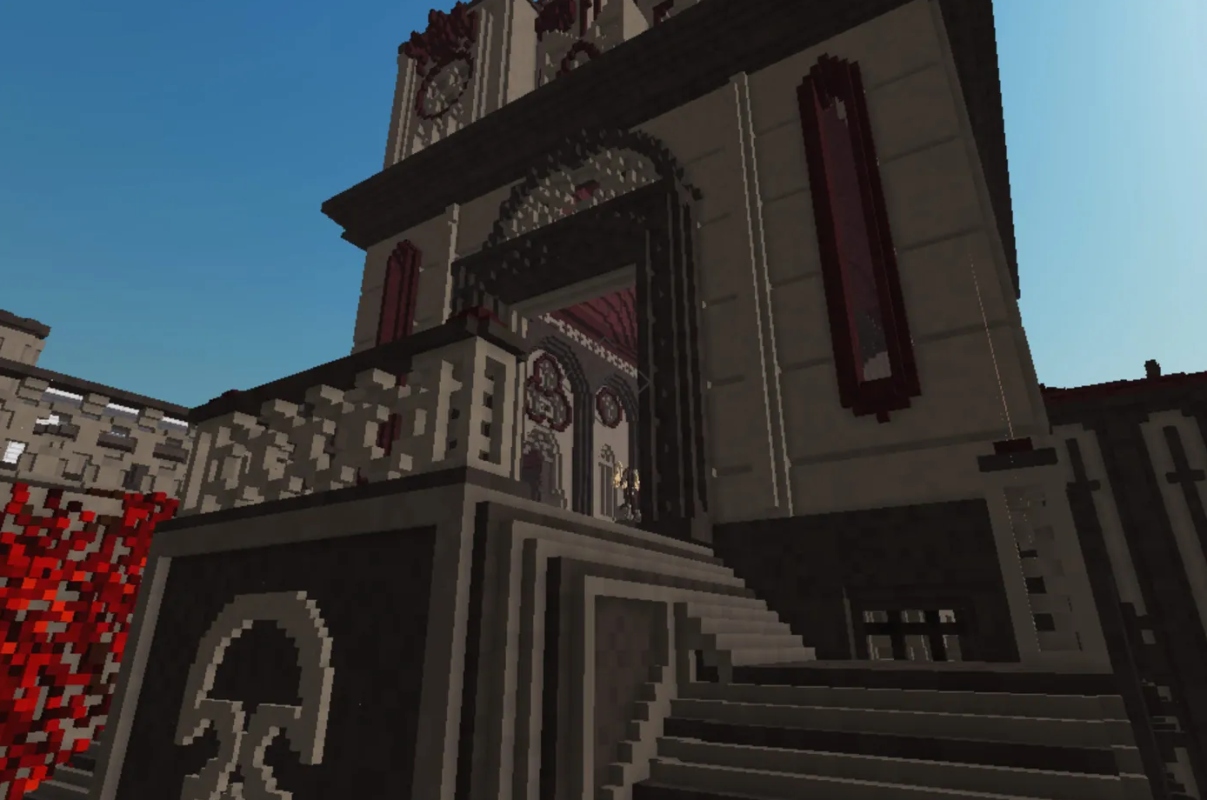METAVERSE architect Ogar has built about 50 projects on over 100 digital parcels despite only being in the business for two years.
Alexandre Vlerick’s, known as Ogar, work in the metaverse includes the Bronx Zoo, an animated oasis with wildlife, SkullsOnEth, a monastery with underground catacombs, and the ancient Greece-inspired Frenetik Temple.
Ogar is 30-years-old and lives in Lille, France.
Ogar said: “I wanted to retrieve the sense and meaning of creating that I had at the start of my career.
“Making a lot of projects, making a lot of visuals, making a lot of fun concepts and graphical and video design.”
Sign up to get our weekly and monthly metaverse news round-ups direct to your inbox
When Ogar is first given a commission, he estimates how long the project will take based on a parcel of land’s dimensions.
He’ll then give a presentation to the client to share design expectations.
Ogar estimates 90 per cent of his time is dedicated to 3D modelling in the voxel-editing software MagicaVoxel.
There’s also a coding component when sketching parcel animations, but Ogar says it’s basic JavaScript.
When he first started, he’d work for free or for an NFT. He then increased his prices to $1,000.
Now the price has increased to $5,000 for a baseline build, which takes him two to three days for a 100-square-meter display.
Prices then scale based on the amount of time the project takes.
He said some clients choose to get involved in the editing themselves, which makes the build more “time-consuming.”
“The more crazy you want to go, the more time it will take me, and the budget will rise that way,” Ogar added.
He said Bronx Zoo took him around six days, while SkullsOnEth required about nine or 10.
Ogar prefers to build on Cryptovoxels for its vox aesthetic, as opposed to other metaverse platforms such as Decentraland.
He’s also working in a new vox-style world, MetaMetaverse, and plans to experiment with The Sandbox, however, commissions aren’t yet possible because the platform isn’t fully functional.
Because the metaverse is still in its early stages, many are just “browsing around,” but Ogar estimates his projects receive around 1,000 visits per week.
He said: “Basically what they’re buying at first is a nice place to have and to organize events in.
“And also the grand property of having the power to say, ‘I have a building in the metaverse.'”
Ogar’s initial clients were people who’d made a lot of money from investing in cryptocurrencies and NFTs early on along with artists who wanted to showcase their works through installations.
But now his clientele has started to include collectors and creators launching NFT projects and traditional art galleries who want a parallel metaverse presence.
Ogar said: “I started early 2020, late 2019, when basically no one was professionally building for a living because it was kind of pointless at the time. It was very much about passion.
“I think this component was determinant in order for people to see that I was with the community.
“I can create but also redefine what a building is because a building in real life has to respond to a lot of constraints created by the real world.
“I don’t have those constraints, so I can transcend them.”
Ogar believes the metaverse will eventually transform our online experiences, but he said there’s no need to “mortgage your house and buy a virtual plot.”
“There will be some kind of bubble that will explode,” he added.
“And we go to a more affordable kind of property.”
Follow 24/7 Crypto on Twitter for the latest news and developments as they happen
